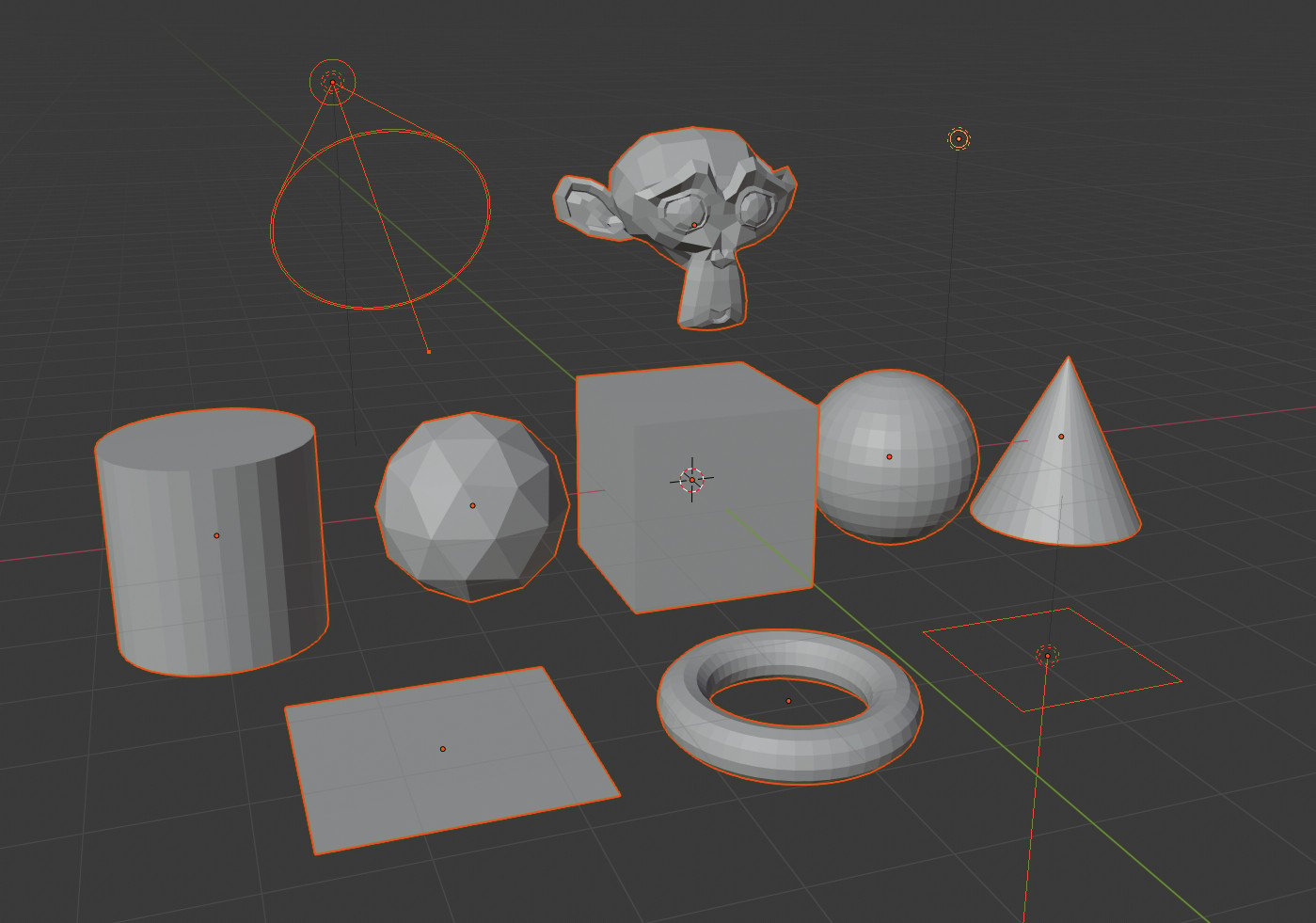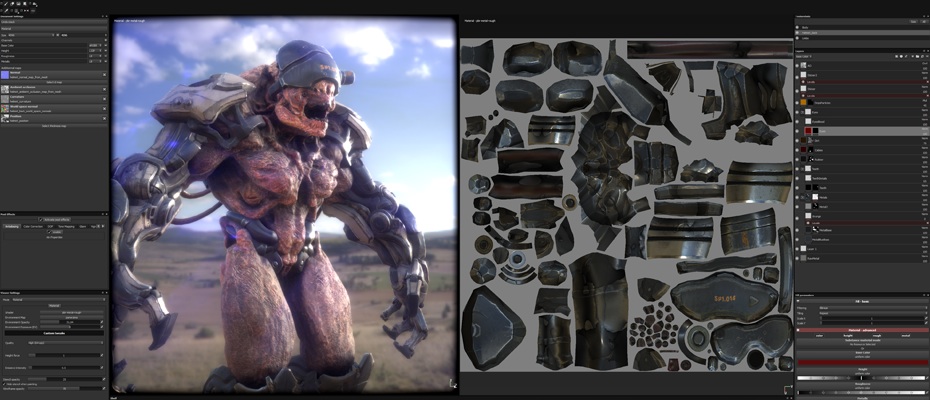

If an image is larger than the selected value, it will be scaled down. You can control an object’s animation through the targets used by its constraints (this is a form of indirect animation). its location, rotation, scale), using either plain static values (like the limit ones), or another object, called target (like e.g. Other objects will not be included in the 3MF file. The program limits the size of images imported as textures. Constraints are a way to control an object’s properties (e.g. The C1 uses a very similar, if not identical panel visually, the two perform the same. Usage Selection only: Only export the objects that are selected. This point is defined with the same buttons as the axis' supporting point for rotation ( Figure 5.1. Scaling in 3D space requires a center point. Using KIT OPS, you can build your models using SMART mode, which allows you to interactively scale, mirror, duplicate and repeat any of your INSERTS. As in grab mode and rotate mode, scale the objects by moving the mouse, confirm with LMB or ENTER, and cancel with RMB or ESC. You do not need to be in transform or scaling mode in object mode to scale an object. To change the size of objects, press SKEY. Given that this issue is only noticeable with very specific test patterns, we took the exceptional decision to use the 120 Hz values from the LG 48 C1 OLED, as our measured results don't accurately reflect the real-world user experience, and we don't have accurate results from any other 138Hz OLED display. You should be able to select all objects, then in the graph editor open the panel on the left side, hide all curves exept for those that control scale, select all points and scale them on the y asis, perhaps using the cursor as the pivot and placing it at y0. To scale the objects '42', go to select mode (the default when you open blender), select all of the objects, make sure you have the transform mode set to individual origins, and press S then press X. With real content, this monitor looks nearly identical to the LG 42 C2 OLED and the Gigabyte AORUS FO48U. It's actually due to the monitor's automatic brightness limiter and not part of the actual transitions. The initial transition is near-instantaneous, but it appears to overshoot the target a bit and then very slowly stabilize down. Note: When we measured the response times of this monitor, we encountered some strange results. smds exported from other tools, and is by no means Blender specific.

Unlike most monitors, there are no overdrive settings that allow you to fine-tune the motion handling. now i need a mirrored copy of that object. The LG 48GQ900-B has a near-instant response time at its max refresh rate of 138Hz, resulting in incredibly clear motion.


 0 kommentar(er)
0 kommentar(er)
